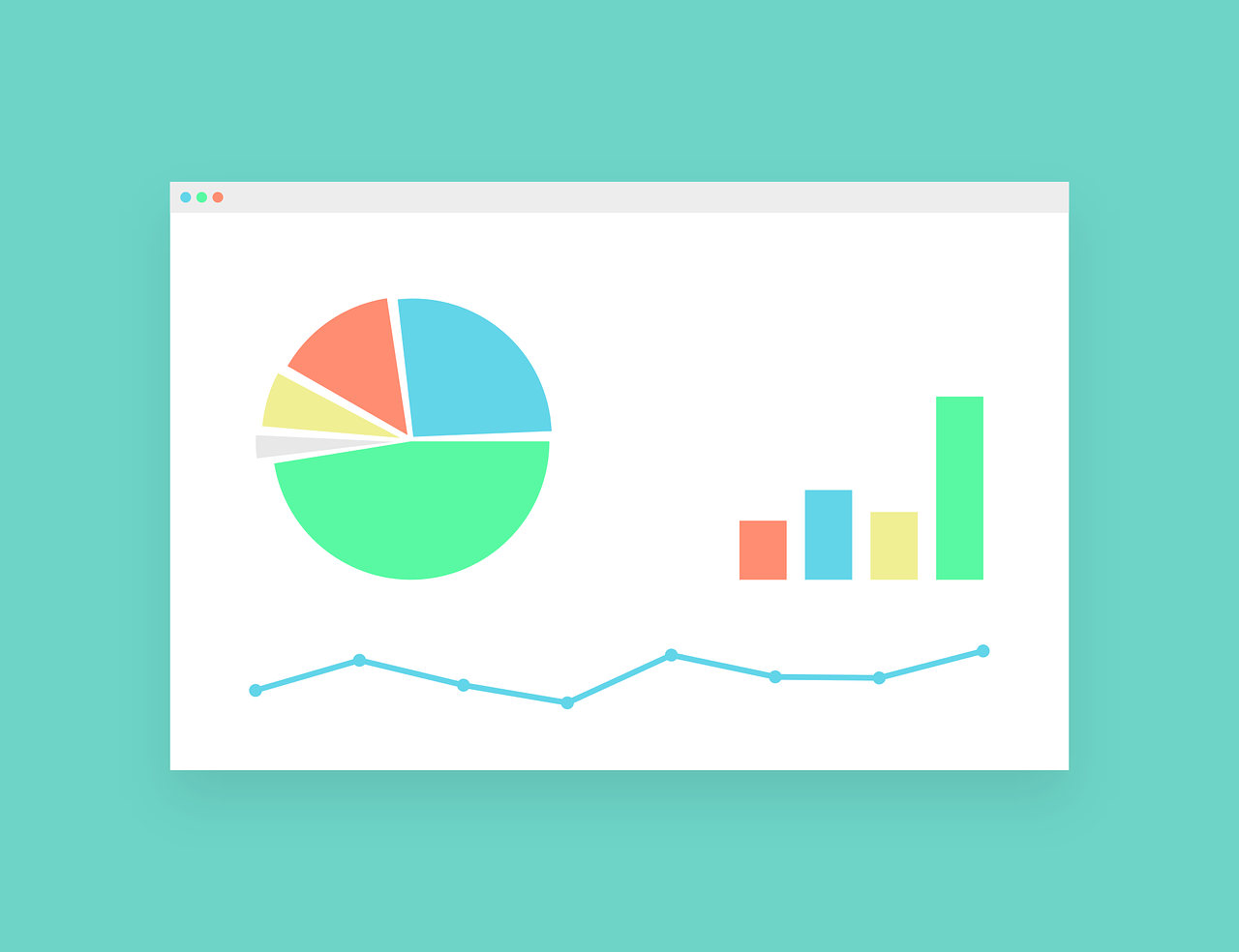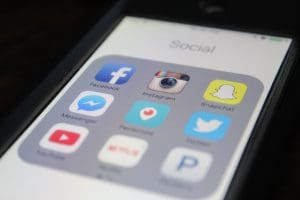 It’s almost pointless to constantly discuss the effect that social media has on our interactions and communication without having the information to back it up. There are almost always surveys and polls released to see how people, adolescents in particular, are using social media and the effect it has on them. We’ve taken a couple of recent ones to see what the most up-to-date statistics say.
It’s almost pointless to constantly discuss the effect that social media has on our interactions and communication without having the information to back it up. There are almost always surveys and polls released to see how people, adolescents in particular, are using social media and the effect it has on them. We’ve taken a couple of recent ones to see what the most up-to-date statistics say.
Most Popular This easily goes to Snapchat. Maybe it’s the variety of filters that are constantly cycling or getting to consume news stories in under a minute, but 44%, almost half of teenagers say that their primary social network is Snapchat.
Biggest Decline Facebook has plummeted in use among teenagers, with only about 15% saying that they use it as their primary social network. Ironically, this is the only demographic where Facebook has suffered, reportedly the most popular with every other one except teenagers. Maybe this is the exact reason that Facebook isn’t popular anymore with those who are younger, since their parents, relatives, and even grandparents are all using it too.
Smartphone Usage Nearly all teenagers today have a smartphone – nine out of ten to be exact. The study  notes that when this was last conducted six years ago, the number was less than half at 41%.
notes that when this was last conducted six years ago, the number was less than half at 41%.
Communication Though not by a lot, 35% of teenagers prefer to text their friends, while 32% would rather do so in person. This could be mostly out of convenience – as the previous statistic shows, nearly all teenagers have a smartphone (and those who don’t probably have their own cell phone), but they aren’t physically around our friends all the time. Thanks to technology, they can share stories, ideas, or even a meme we come across instantly instead of waiting.
But what about the effects? Yesterday’s post discussed loneliness in teenagers. In it, social media was considered to be a factor, but isn’t seen by teenagers as a major one. These statistics seem to prove this point, with about 40% of teenagers saying that using social media makes them feel less lonely, and only 13% saying that it makes them lonelier. Perhaps this is because social media is just that, social, and even though it’s not face-to-face, you’re most likely to be interacting with someone directly at some point.
Teenagers generally feel that using social media has no effect on depression, with nearly 60% saying that it makes no difference in how depressed they feel. There may be several reasons for this, but something to consider is that social media is so present in our daily lives that using it almost feels like breathing. They don’t think it has any effect on them, simply because we’re so used to it.
makes no difference in how depressed they feel. There may be several reasons for this, but something to consider is that social media is so present in our daily lives that using it almost feels like breathing. They don’t think it has any effect on them, simply because we’re so used to it.
However, this shouldn’t suggest that all adolescents have a constantly positive experience with social media. Those who measured lower on a social-emotional wellbeing scale are more likely to feel left out when using social media, and 43% feel bad if their posts don’t get any attention. The fact that more than 60% of teenagers say that they often come across racist, sexist, or homophobic content probably doesn’t help make the experience that much better either.
A final thing to note? It’s not just this generation that spends a lot of time on social media. A third of teenagers wish that their parents spent less time using their devices as well.
Why do you think that Snapchat is the most popular among adolescents? Do you know what your child’s preferred ways of communication are? If so, do you think it has any impact on how they prefer to communicate with their friends and you?